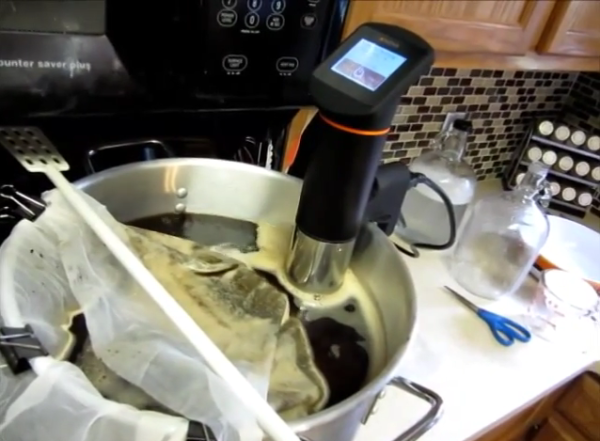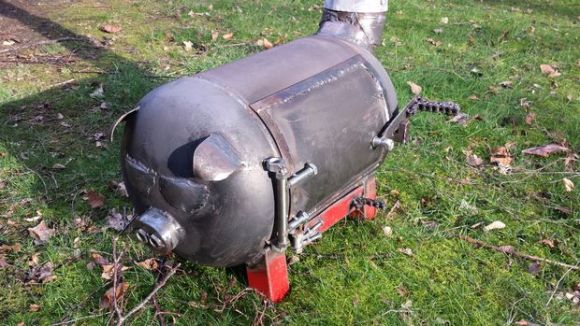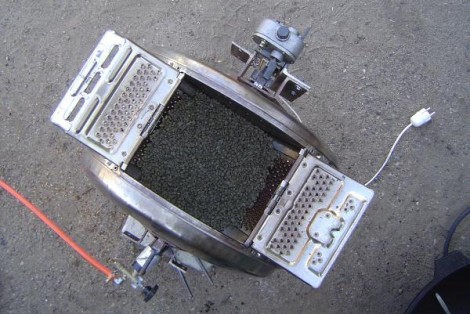A month ago, Hackaday landed at the NYC TechCrunch Disrupt, a bastion of people up all night on MacBooks and immense amounts of caffeine and vitamin B12. For 20 hours, everyone was typing away trying to build the next great service that would be bought by Google or Amazon or Facebook. Tucked away in one small corner of the room was the Hackaday crew, giving out dev boards, components, and advice to the few dozen hardware hackers at Disrupt. [David], one of these Hackaday enthusiasts won the Twilio Sponsorship Prize at Disrupt, and now it’s a Hackaday Prize entry.
[David]’s dad has a little bit of paranoia of accidentally leaving the stove on. This usually manifests itself a few minutes after leaving the house, which means turning the car around just to make sure the stove was off. At the TechCrunch hackathon, [David] built a small IoT device to automatically read the temperature of the stove, send that off to the Internet, and finally as an SMS via Twilio.
The hardware [David] is using is extremely minimal – a thermopile, a gas sensor, a WiFi module, and a microcontroller. There’s a lot of iterations in this project, with [David] looking at everything from TI MSP430s to Teensys to Arduinos to ESP8266 modules. Still, rough prototype thrown together in 20 hours is all you need to win the Twilio prize at Disrupt, and that’s more than enough for a very good Hackaday Prize entry.






















